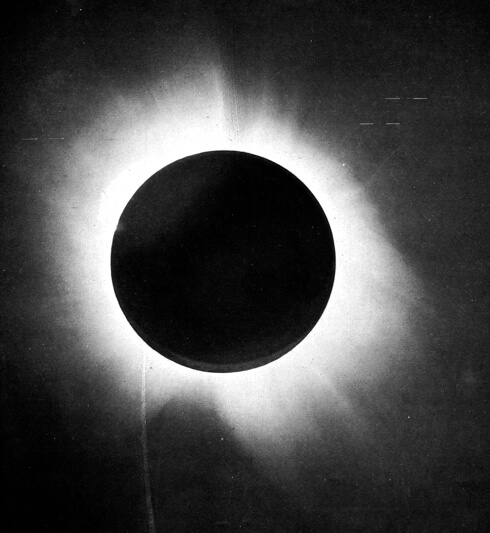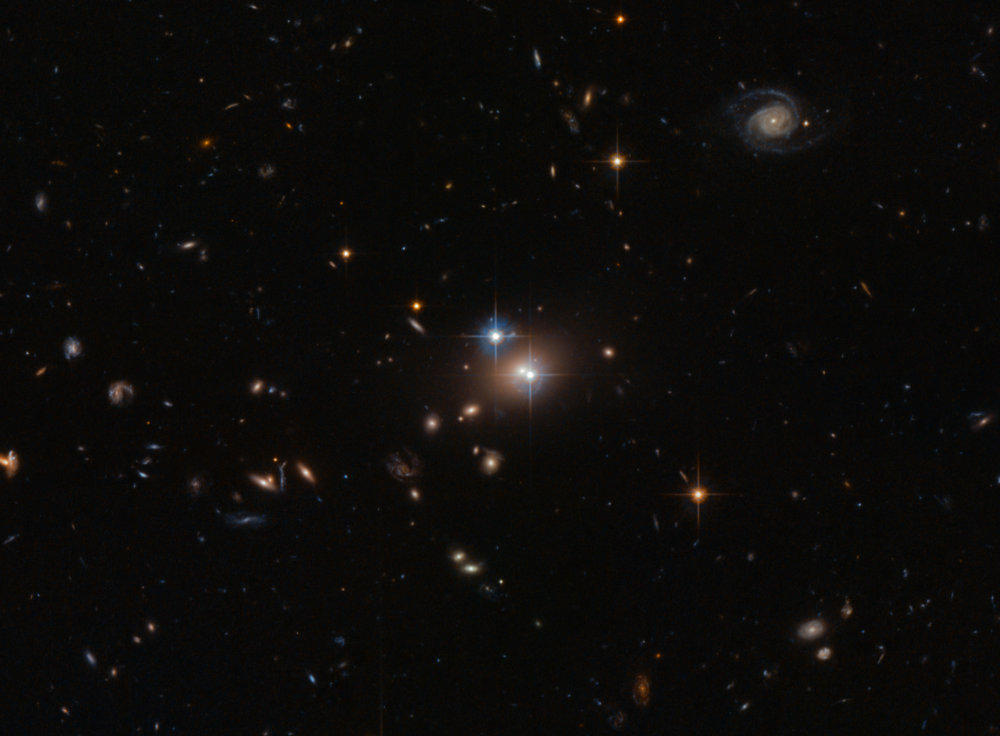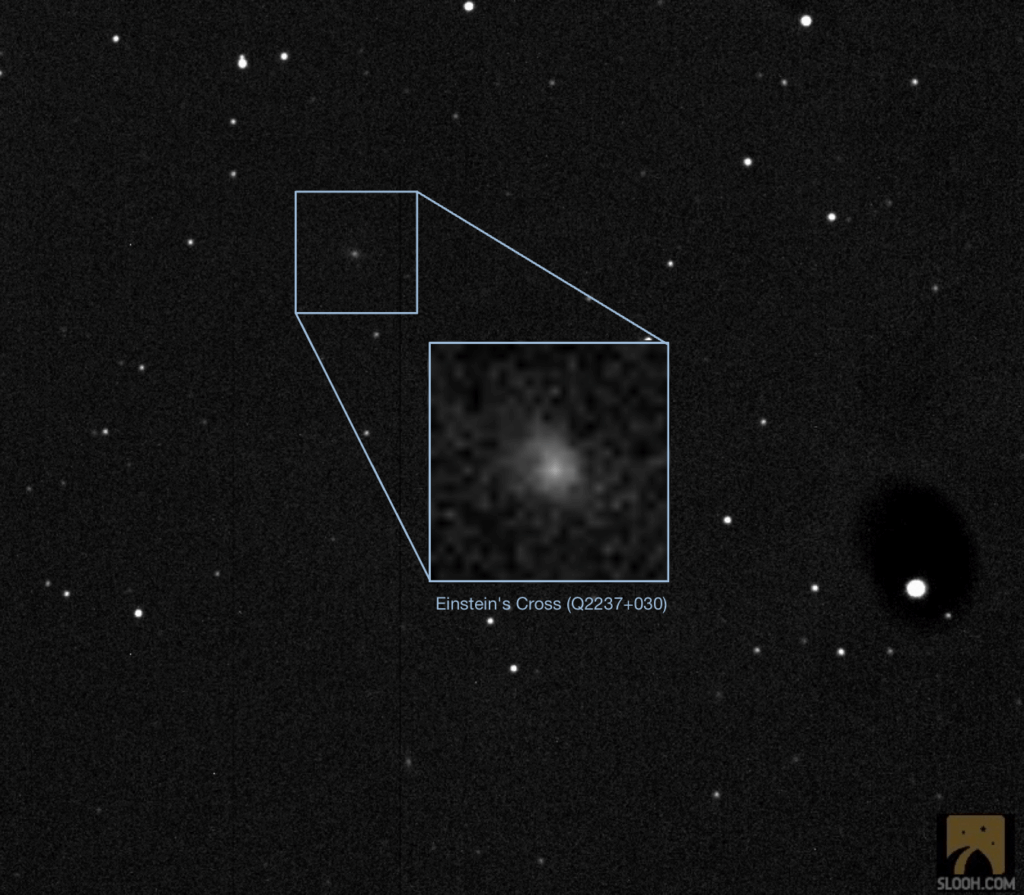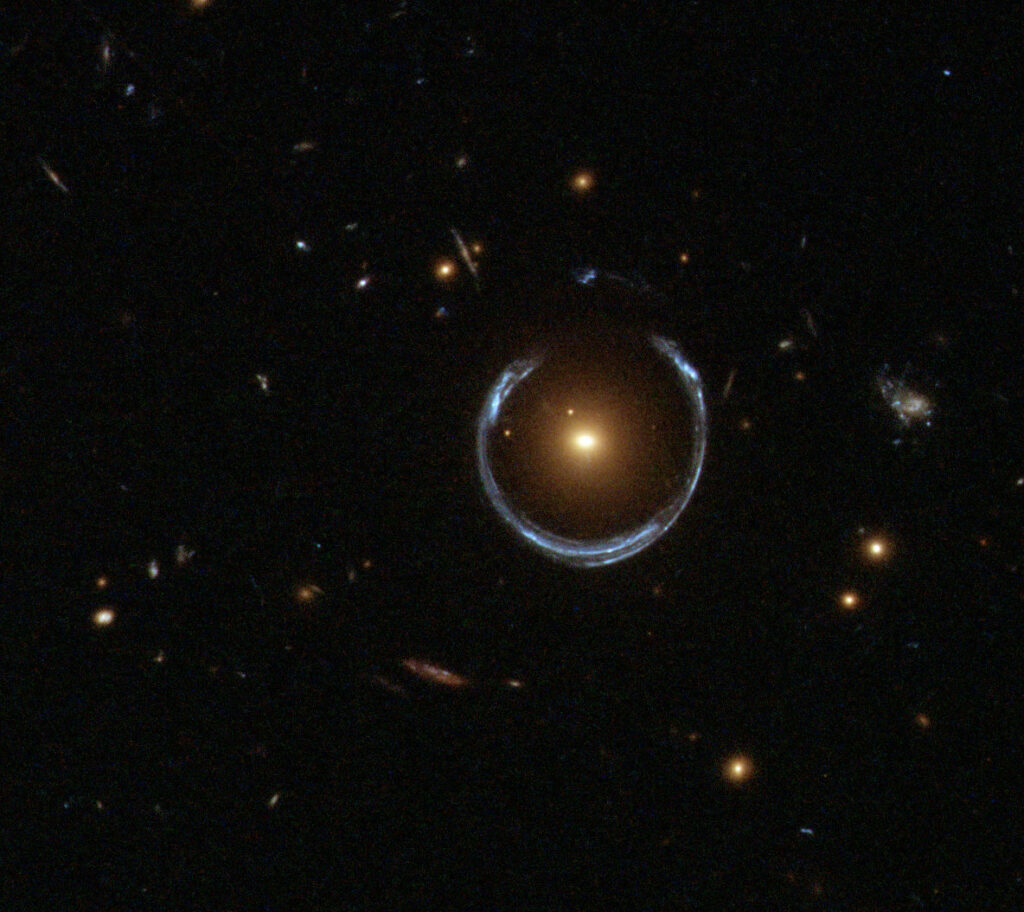The concept that gravity can bend light was once revolutionary—Einstein’s general relativity predicted it, but the world needed proof. That proof came during a solar eclipse in 1919, and it opened the door to one of the most elegant phenomena in astrophysics: gravitational lensing. Today, these cosmic distortions don’t just prove Einstein right—they reveal some of the most mesmerizing structures in the universe.
1. Eddington’s 1919 Eclipse Expedition

British astronomers Frank W. Dyson, Arthur S. Eddington, and Mr. C. Davidson organized an expedition in 1919 to observe a total solar eclipse and test Einstein’s prediction that gravity bends light. During the eclipse, they measured the apparent positions of stars near the Sun and found that the starlight was indeed deflected—just as general relativity predicted. While no arcs or rings were visible, this experiment, now known as the Eddington experiment, laid the foundation for gravitational lensing as a real and measurable phenomenon.
2. The Twin Quasar – Q0957+561 (1979)

The Twin Quasar, designated Q0957+561, was the first confirmed case of gravitational lensing. Astronomers observed two nearly identical quasar images and later confirmed they were actually the same object, whose light was split by a massive galaxy positioned between it and Earth. This marked the first observation of gravitational lensing on a cosmic scale. The quasar lies at a redshift of z = 1.41 (about 8.7 billion light-years away), while the lensing galaxy sits at z = 0.355 (around 3.7 billion light-years).
Catalog: GLC-8
Paper: 0957 + 561 A, B: twin quasistellar objects or gravitational lens?
3. The Einstein Cross – Q2237+0305 (1985)

The Einstein Cross is a stunning configuration of four lensed images of a single quasar, perfectly arrayed around the core of a foreground galaxy. From Earth, it resembles a cosmic cross—beautiful, symmetrical, and precise. Its striking appearance and the clarity of the multiple images helped bring gravitational lensing into the public eye and made it a textbook example of strong lensing.
The quasar, located about 8 billion light-years from Earth (redshift z ≈ 1.7), sits directly behind a galaxy roughly 400 million light-years away. This foreground galaxy, known as Huchra’s Lens, bends the light of the quasar into four distinct images. The peculiar cross shape arises because the lensing galaxy is slightly oblong and the alignment is not perfectly centered.
Found in the constellation Pegasus, the Einstein Cross (Q2237+0305) is one of the few gravitational lenses that amateur astronomers can potentially observe—though it requires a large telescope, exceptionally dark skies, and excellent viewing conditions.

Catalog: GLC-9
Paper: 2237+0305: A New and Unusual Gravitational Lens
4. The Cosmic Horseshoe – SDSS J1148+1930 (2007)

The Cosmic Horseshoe (SDSS J1148+1930) is a striking gravitational lens system located in the constellation Leo, formed by the near-perfect alignment of two galaxies. A massive foreground galaxy lies directly along the line of sight to a much more distant background galaxy. The intense gravity of the foreground galaxy bends and magnifies the light from the background galaxy into a vivid, horseshoe-shaped arc.
While a perfect alignment would produce a full Einstein ring, this near-perfect setup results in a partial arc—making the image both rare and visually stunning. These kinds of alignments are exceedingly uncommon, which makes the Cosmic Horseshoe especially notable among gravitational lensing discoveries.
The system was discovered in 2007 by an international team of astronomers using data from the Sloan Digital Sky Survey (SDSS) and you can see the image on SkyserverSDSS.
Catalog: GLC-10
Paper: The Cosmic Horseshoe: Discovery of an Einstein Ring around a Giant Luminous Red Galaxy
6. SDP.81 – The ALMA Einstein Ring (2015)
ALMA’s Long Baseline Campaign produced one of the most spectacular and detailed images of a gravitational lens ever captured. This system, known as SDP.81, features a distant galaxy more than 12 billion light-years away, whose light is bent into a nearly perfect Einstein ring by a massive foreground galaxy.
What makes this observation extraordinary is not just the ring’s symmetry—it’s the clarity of internal structure revealed within the distant galaxy. Thanks to gravitational lensing’s natural magnification and ALMA’s unprecedented resolution at submillimeter wavelengths, astronomers were able to resolve clumps of star-forming regions—akin to giant versions of the Orion Nebula—in a galaxy from the early universe. This had never been done with such detail at such a distance.

Credit: ALMA (NRAO/ESO/NAOJ)/Y. Tamura (The University of Tokyo)/Mark Swinbank (Durham University)
The image is presented in three panels:
- Left: A Hubble Space Telescope view of the system in visible light, where the foreground galaxy is clearly visible but the ring is faint.
- Center: ALMA’s sharp submillimeter image of the ring, where the foreground lens is invisible to ALMA due to its lack of visible-light sensitivity.
- Right: A reconstructed image of the background galaxy, produced using models of the lensing effect, revealing giant cold molecular clouds—the likely birthplaces of stars and planets.
This observation not only provided a beautiful image, but also valuable data to help map dark matter distributions and study star formation in the early universe.
Catalog: GLC-11
Paper: The 2014 ALMA Long Baseline Campaign: Observations of the Strongly Lensed Submillimeter Galaxy HATLAS J090311.6+003906 at z = 3.042
